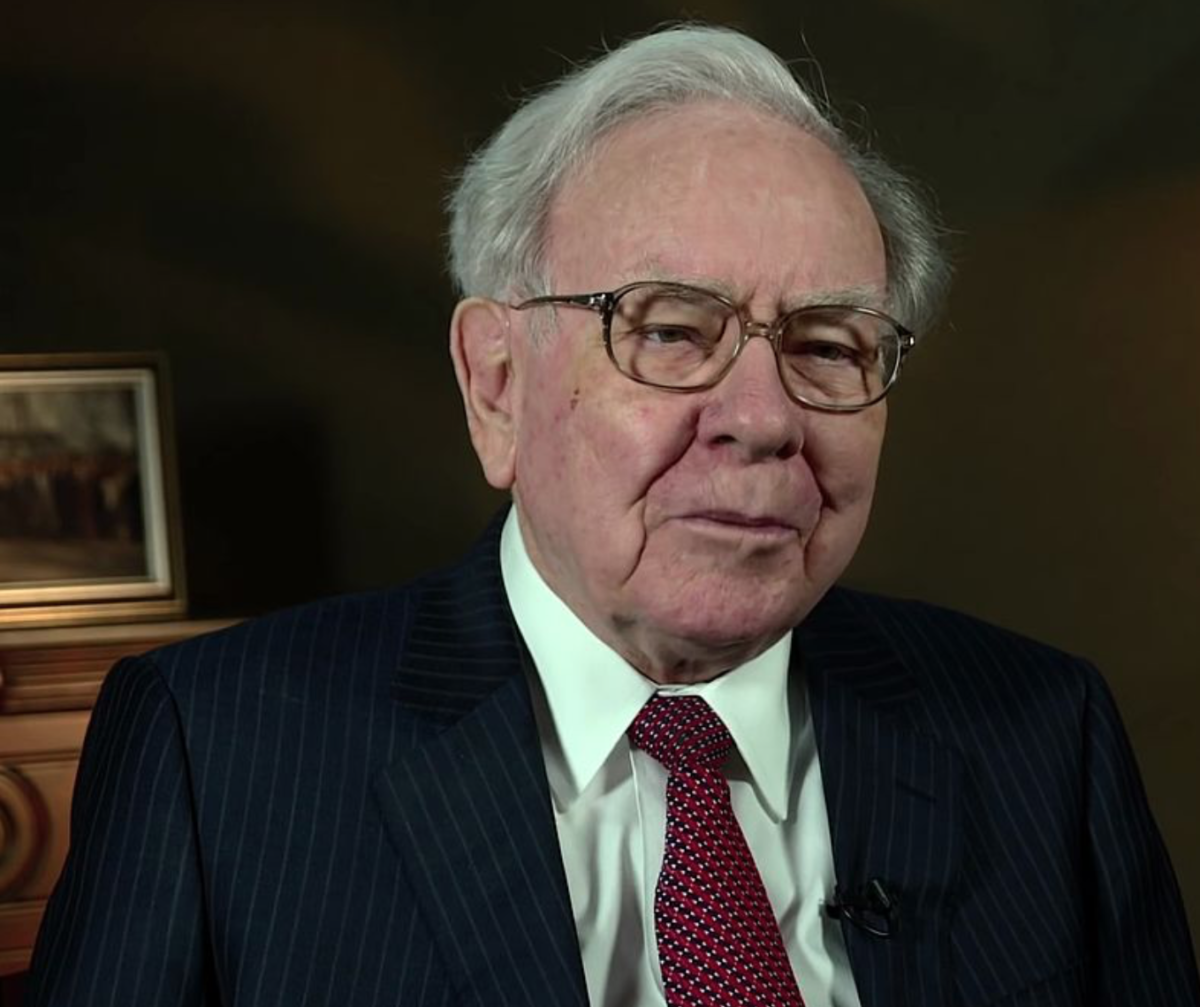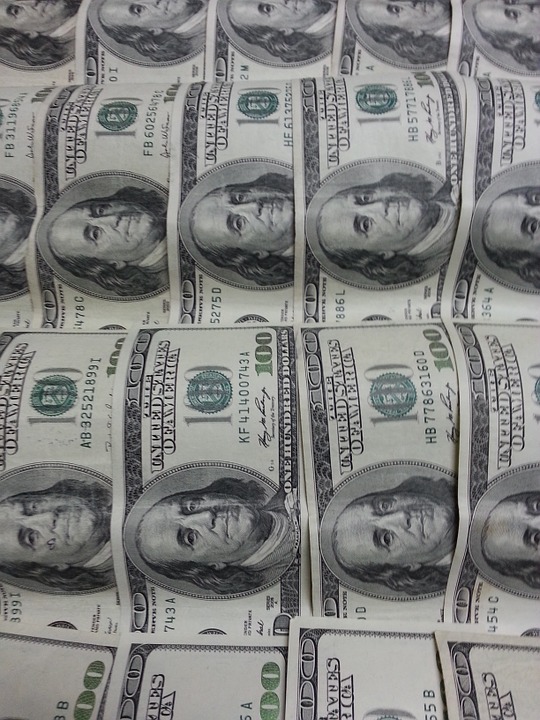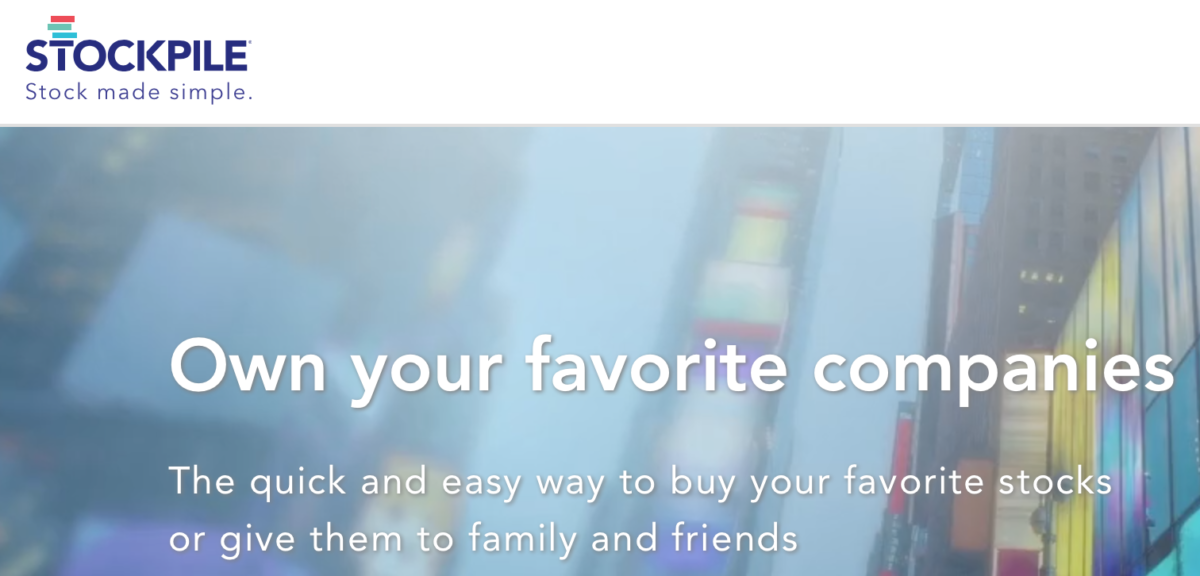Many, many years ago, I was able to buy stock in Apple (AAPL) before it went public. Around the time when Apple Computer [that was the original name] was considering going public, I noticed an article in Forbes Magazine which mentioned that many of the shares were owned by a publicly traded closed end fund called the Nautilus Fund.
So I immediately bought some shares of the Nautilus Fund, not being sure of whether the CEF would sells the shares of Apple when it went public or would spin the shares out to the shareholders.
As it turned out, Apple had its initial public offering and the fund gave its shareholders the shares in Apple.
Now there is another hot company that is planning on going public but not through an IPO.
Spotify (SPOT) is a Stokholm, Sweden based music, podcast, and video streaming service with 160 million users, 72 million of which are paying customers.
You may have already heard that the company is expected to begin trading on April 3 on the New York Stock Exchange. This will be a direct listing, which means that no underwriters will be involved.
The reasons that the company is doing this are several, and the company has laid them out in its filing with the SEC for Form FWP 1 Filed Pursuant to Rule 433 under the Securities Act of 1933.
Here is what Spotify said in that document:
Many people have speculated about why Spotify is pursuing a Direct Listing.
We think it is best that you hear directly from us why we think this is the right approach for the people at Spotify.
From where we sit, there are five key reasons.
First, to list without the Company having to sell shares.
Second, to offer liquidity for shareholders.
Third, to provide equal access to all buyers and sellers.
Fourth, to conduct the process with radical transparency.
And fifth, is to enable market-driven price discovery through the New York Stock Exchange.
So can an investor get in before the trading date? If you are an accredited investor, you can get in on some private deals. An accredited investor is someone who has a net worth of at least $1,000,000, excluding the value of their home, or have income at least $200,000 each year for the last two years (or $300,000 combined income if married) and expect to make the same amount this year.
If you are not an accredited investor, there are a few other options, which involved buying shares of companies that own stocks of Spotify.
For example, Sony Music Entertainment International (SNE) owns over ten million shares or 5.7% of Spotify, according to an SEC filing. Obviously, this represents a very small amount of the Sony’s assets.
Tencent (TCEHY) did a stock swap with Spotify, so it owns a small percentage of the company. Tencent is the Chinese Internet and entertainment company.
Other publicly traded companies that own a piece of Spotify. Coca-Cola (KO) invested in the Series E round of Spotify. Goldman Sachs (GS) participated in both the Series E and the Series G round of investments.
One other way is to invest in a closed end investment company that specializes in pre-IPO investments. One closed end fund that fits this category is GSV Capital (GSVC), which owns $32.3 million of Spotify shares based on what they show as fair market value on the GSV website. Spotify represents 15.4% of the GSV portfolio, which also includes shares of Palantir, Coursera, and Dropbox.
Just remember, even though many hot IPOs have been spectacular, not every new issue stock is successful.
Disclosure: Author owns shares of GSVC.






